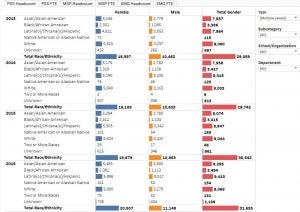Want to learn about evidence-based methods for effectively confronting bias? Check out some sample studies and publications below. Quick links here (more details below):
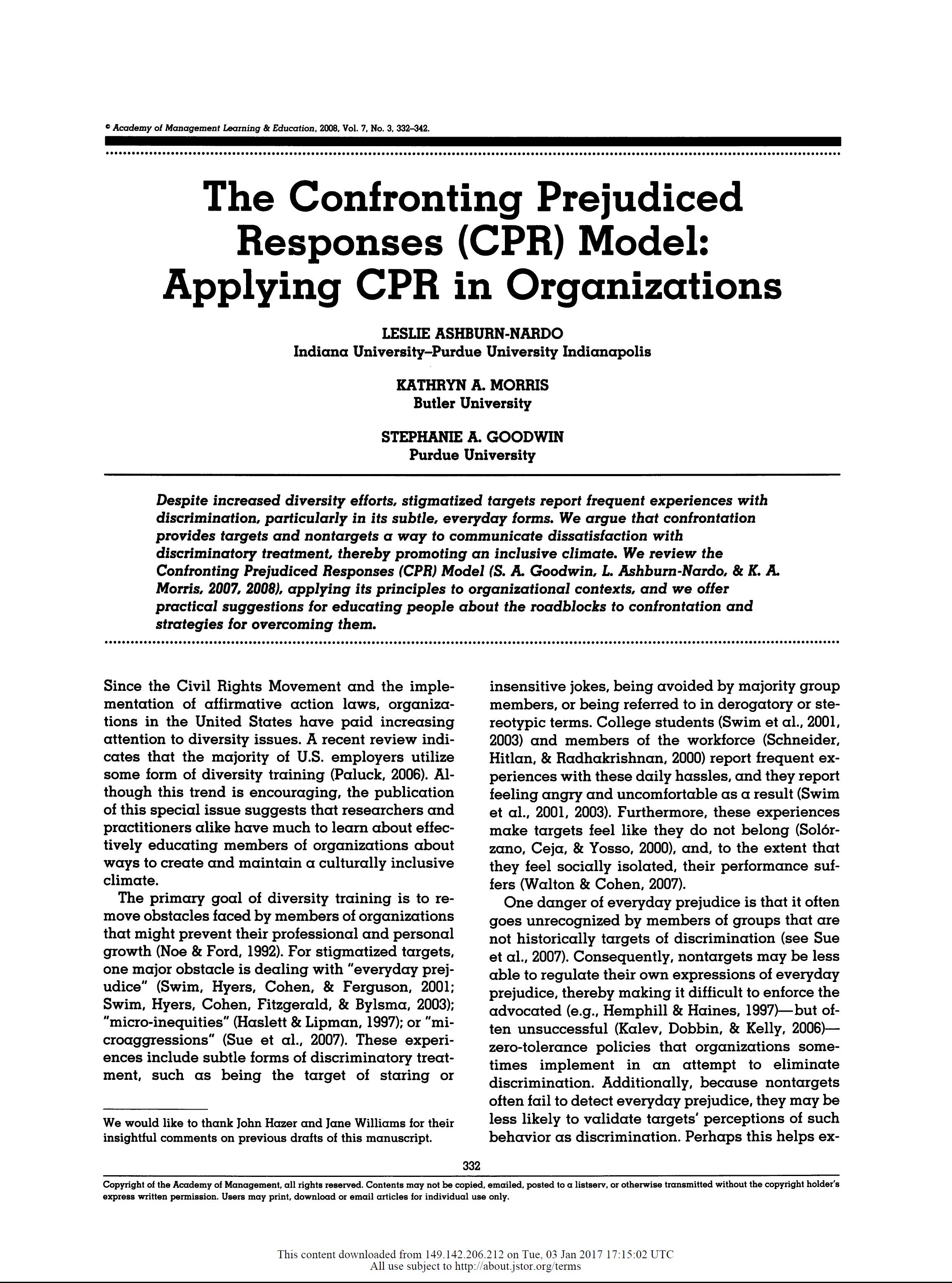
The Confronting Prejudiced Responses (CPR) Model: Applying CPR in Organizations
Despite increased diversity efforts, stigmatized targets report frequent experiences with discrimination, particularly in its subtle, everyday forms. We argue that confrontation provides targets and nontargets a way to communicate dissatisfaction with discriminatory treatment, thereby promoting an inclusive climate. We review the Confronting Prejudiced Responses (CPR) Model (S. A. Goodwin, L. Ashburn-Nardo, & K. A. Morris, 2007, 2008), applying its principles to organizational contexts, and we offer practical suggestions for educating people about the roadblocks to confrontation and strategies for overcoming them.
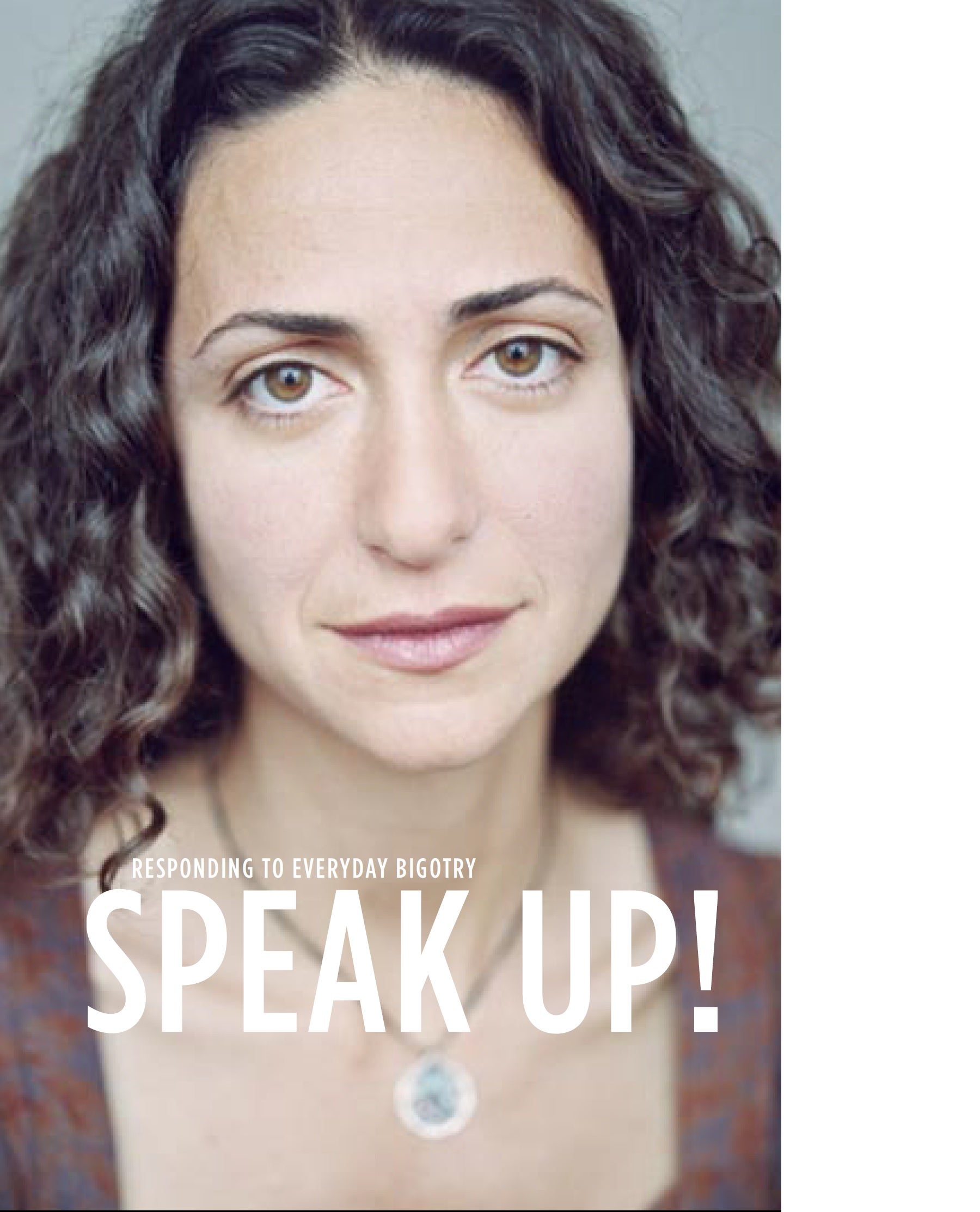
Speak Up: Responding to Everyday Bigotry
The Southern Poverty Law Center gathered hundreds of stories of everyday bigotry from people across the United States. They told their stories through e-mail, personal interviews and at roundtable discussions in four cities. People spoke about encounters in stores and restaurants, on streets and in schools. No matter the location or relationship, the stories echo each other.
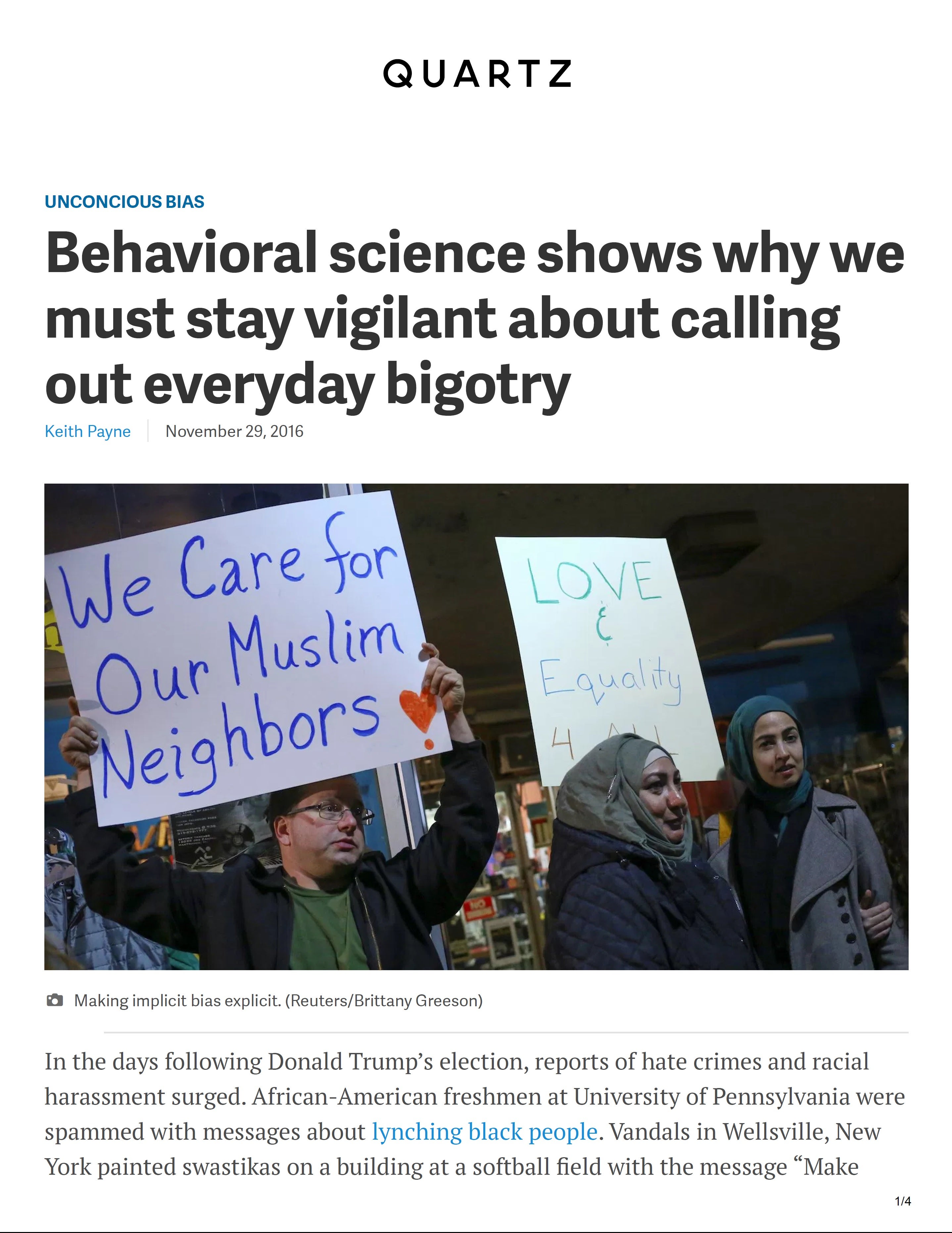
Behavioral Science Shows Why We Must Stay Vigilant About Calling Out Everyday Bias
In the days following Donald Trump’s election, reports of hate crimes and racial harassment surged. African-American freshmen at University of Pennsylvania were spammed with messages about lynching black people. Vandals in Wellsville, New York painted swastikas on a building at a softball field with the message “Make American White Again.” Fliers distributed at Texas State University read, “Now that our man Trump is elected and Republicans own both the Senate and the House—time to organize tar & feather vigilante squads and go arrest and torture those deviant university leaders spouting off all this diversity garbage.”
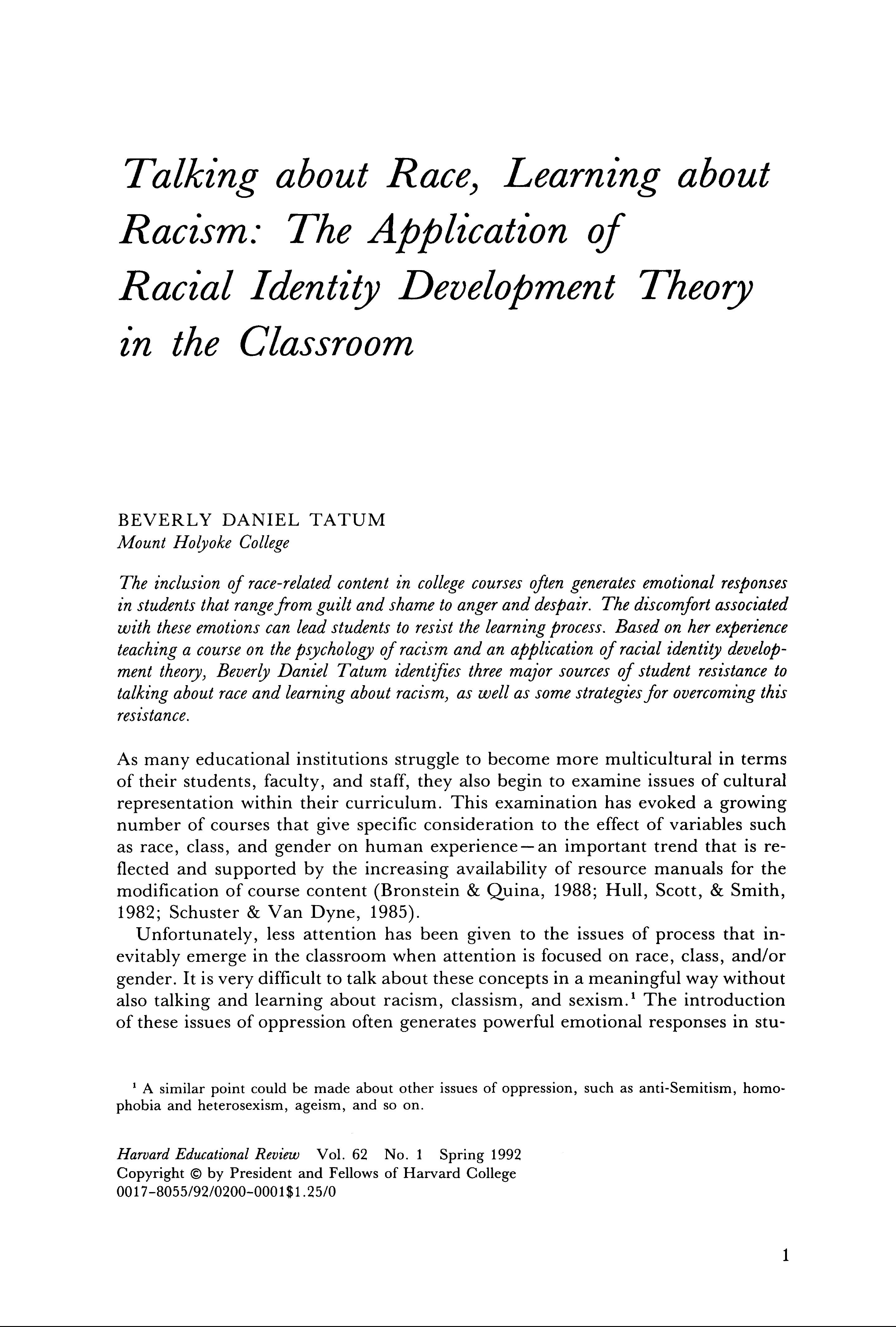
Talking About Race, Learning About Racism: The Application of Racial Identity Development Theory in the Classroom
The inclusion of race-related content in college courses often generates emotional responses in students that range from guilt and shame to anger and despair. The discomfort associated with these emotions can lead students to resist the learning process. Based on her experience teaching a course on the psychology of racism and an application of racial identity development theory, Beverly Daniel Tatum identifies three major sources of student resistance to talking about race and learning about racism, as well as some strategies for overcoming this resistance.


